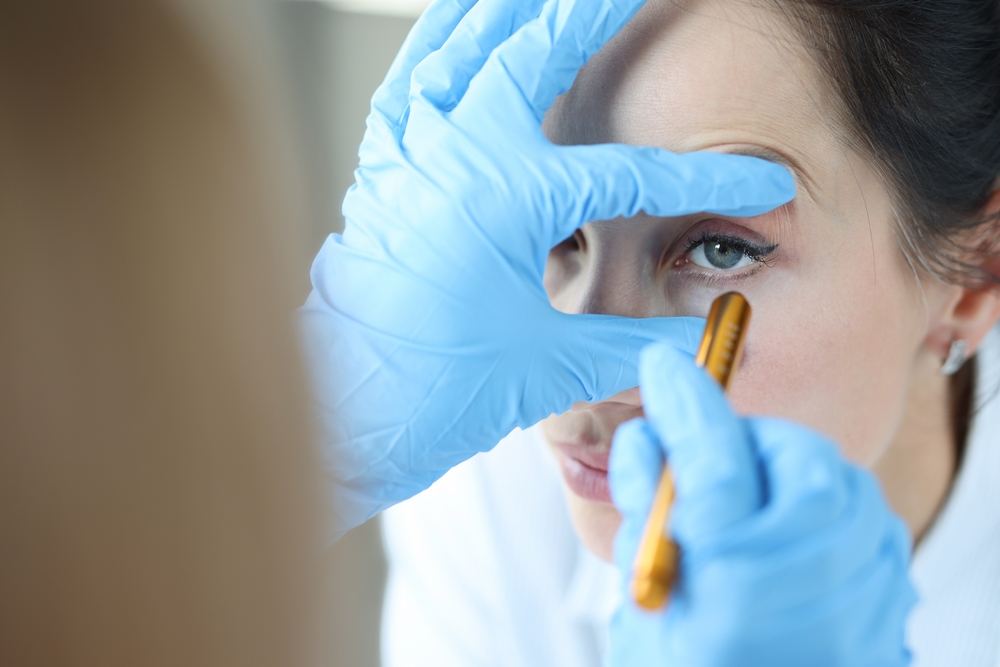Eye Disease Diagnosis & Management
Many serious eye diseases and conditions can develop symptom-free, progressing undetected until they affect your vision. Without a proper diagnosis, there’s a risk of permanent damage to your vision.
We test for eye diseases during every eye exam to help protect your eye health and vision. Visit us in Webster, and we can diagnose and manage eye disease.



Effective Eye Disease Management
Many eye diseases can significantly affect your vision, with some leading to severe vision loss. However, many of these diseases develop with little to no visible symptoms, making regular eye exams crucial for identifying these problems.
Identifying these problems as early as possible is crucial for protecting your eye health and vision. An early diagnosis can help reduce the risk of vision loss. The sooner we diagnose a problem, the faster we can recommend an effective treatment plan.
Common Eye Diseases
No matter your age, there’s always a risk of eye disease, but the risk increases as you get older. Americans 40 and older have the greatest risk of developing eye disease. While aging is unavoidable, you can care for your eye health by scheduling comprehensive eye exams.
Many Americans live with eye disease, making eye exams important for protecting your ocular health. Some of the most common eye diseases include age-related macular degeneration, cataracts, diabetic eye disease, and glaucoma.
Age-Related Macular Degeneration
Age-related macular degeneration (AMD) is a disease that worsens your central vision. Aging affects the macula, leading to eventual vision loss. The macula slowly loses the cells needed for central vision, affecting your ability to read, drive, or recognize your loved one’s facial expressions.
There are 2 forms of AMD: dry and wet, each requiring different management strategies. When addressing this disease, our team can recommend several treatments and help track changes in your vision.
Cataracts
A cataract is the clouding of your eye’s lens, typically caused by age. The lens becomes more stiff and opaque with time as proteins and fibers break down and clump together. When cataracts progress, it can feel as if you are looking through a foggy window, affecting your ability to drive or recognize faces.
Cataracts are usually treatable with a stronger glasses prescription, but this is not sustainable. Cataract surgery is typically necessary to restore your eyesight when your vision becomes significantly affected.
Diabetic Retinopathy
Diabetic retinopathy is a vision-threatening disease for people with diabetes. It occurs when damaged blood vessels in the retina swell and leak fluid and blood. The later stages of this disease can lead to continued bleeding or scarring.
Glaucoma
Glaucoma is a group of eye diseases that damage the optic nerve, the part of your eye responsible for sending signals to your brain. This disease can lead to severe vision loss, but glaucoma can develop symptom-free until your vision is affected.
Many types of glaucoma exist, affecting your eye health and vision. Depending on the type of glaucoma, several treatment options are available.
Our Team is Here to Help
Our doctors at Clear Lake Eye Center can help to diagnose and manage eye disease. Many eye diseases require long-term treatment, and we’re here to help. Book an appointment with us, and we can help support your eye health and vision.

